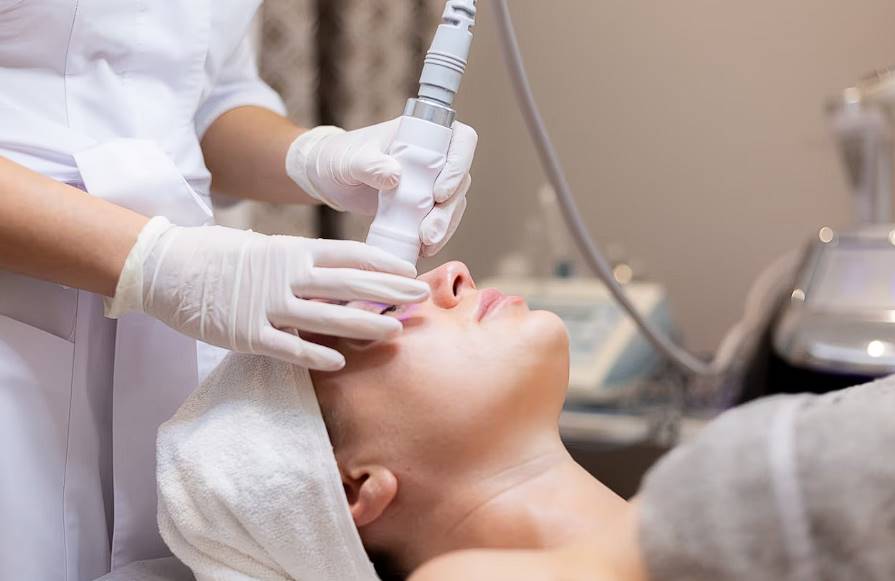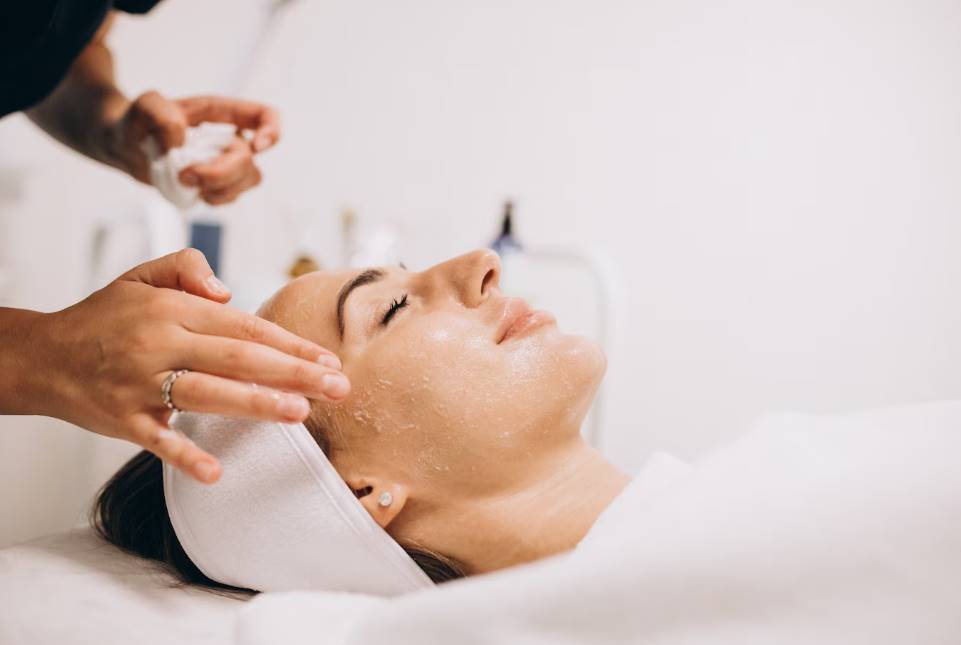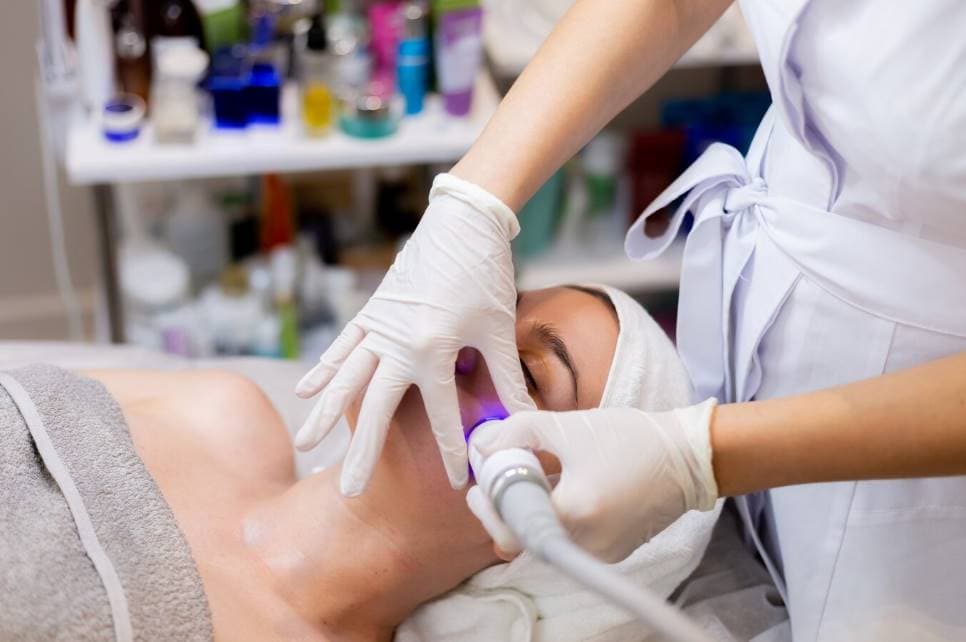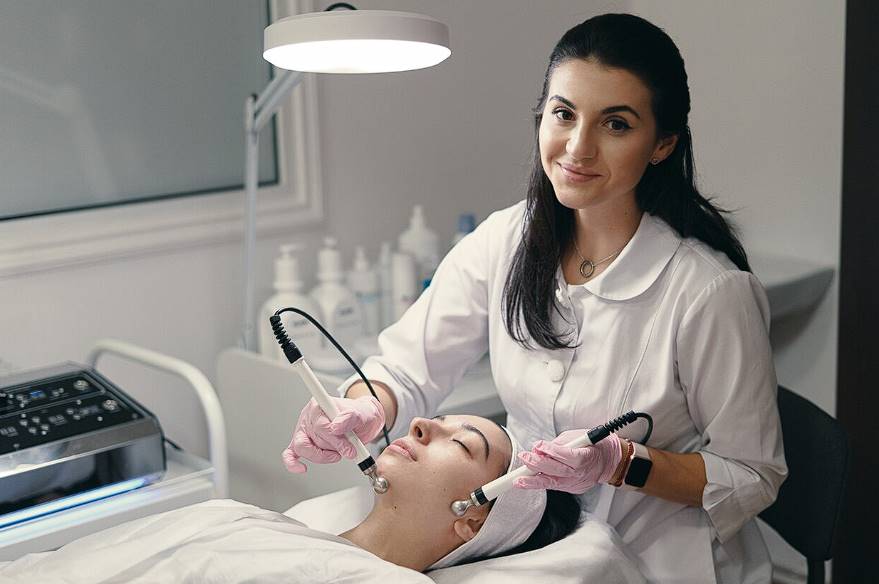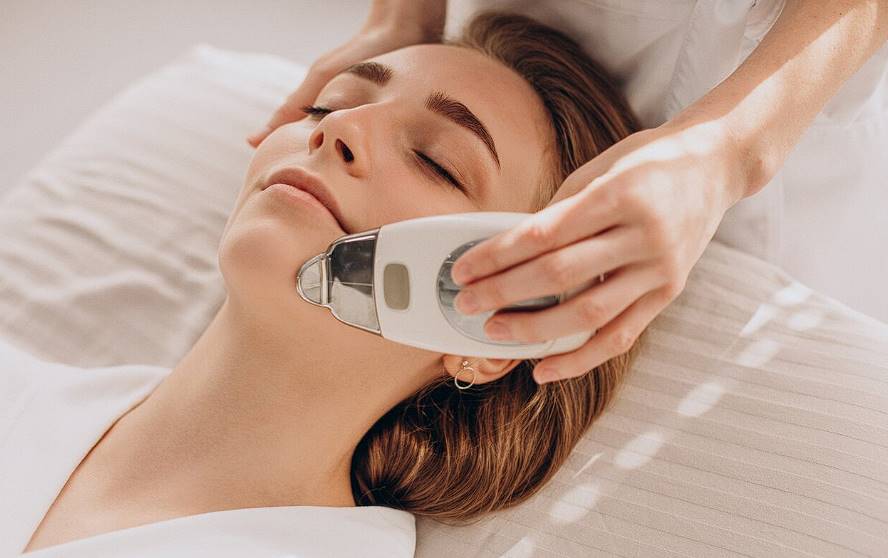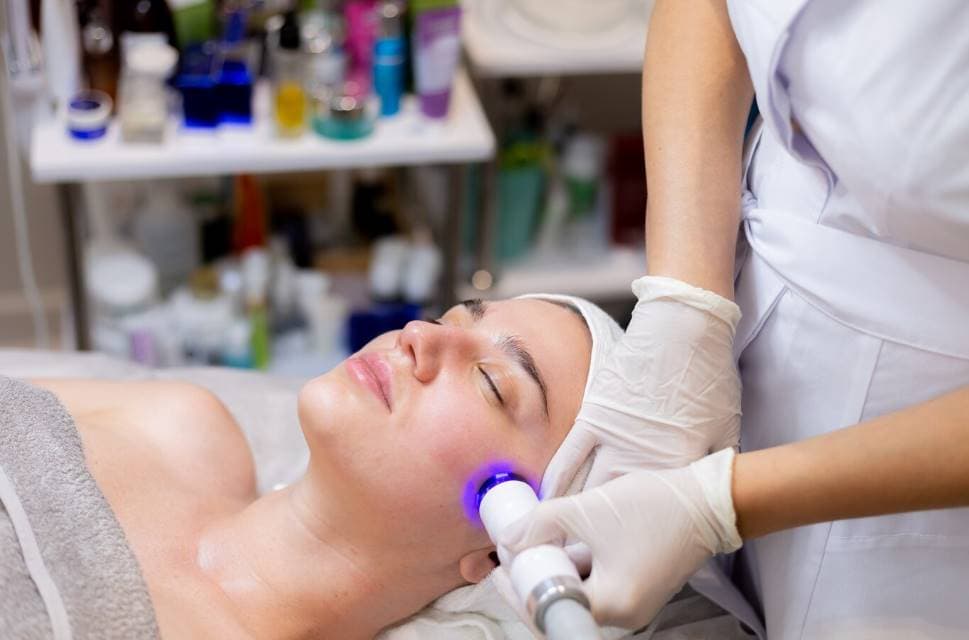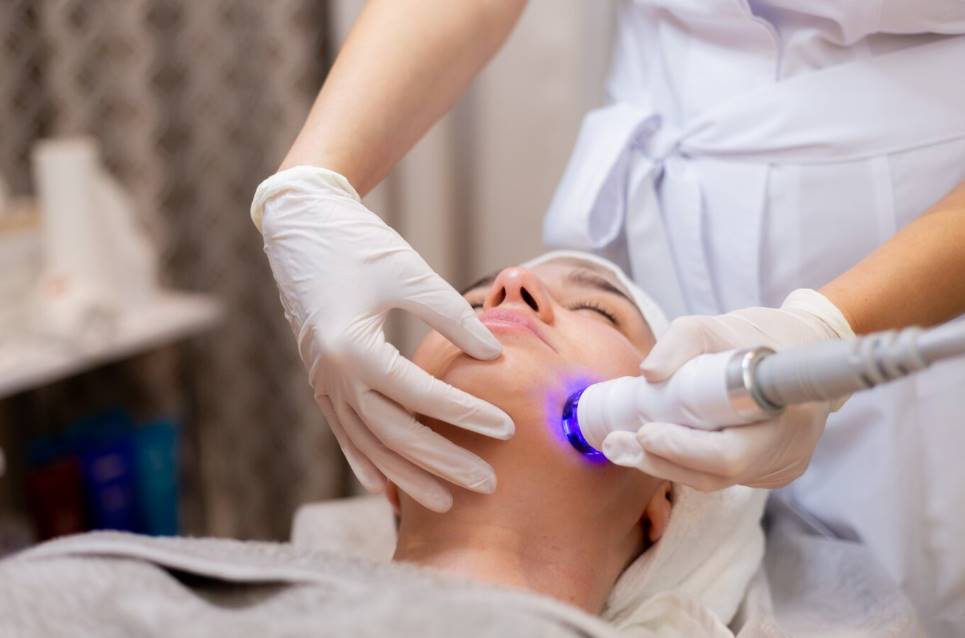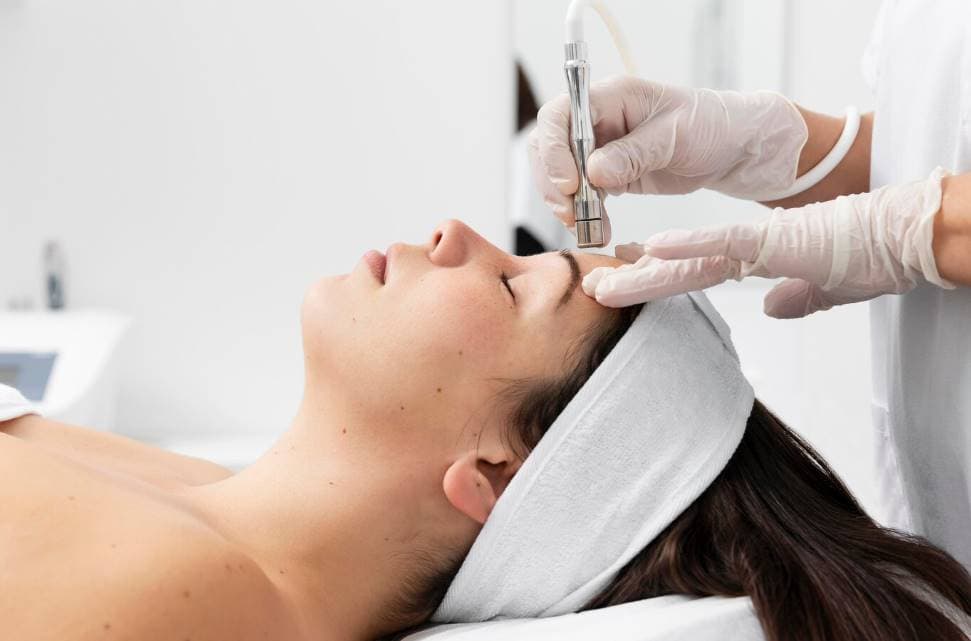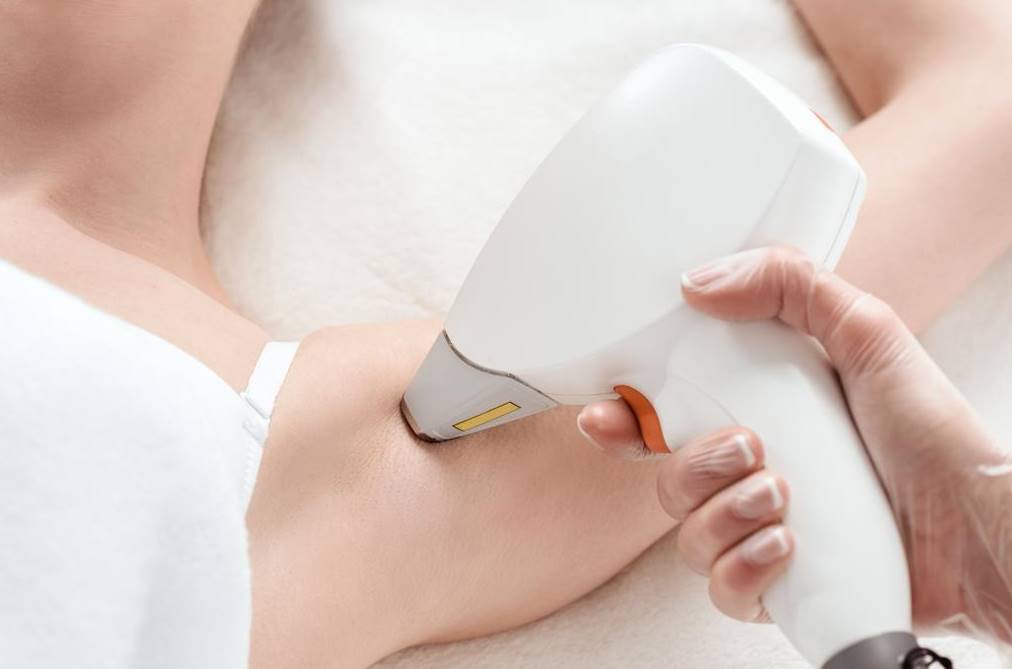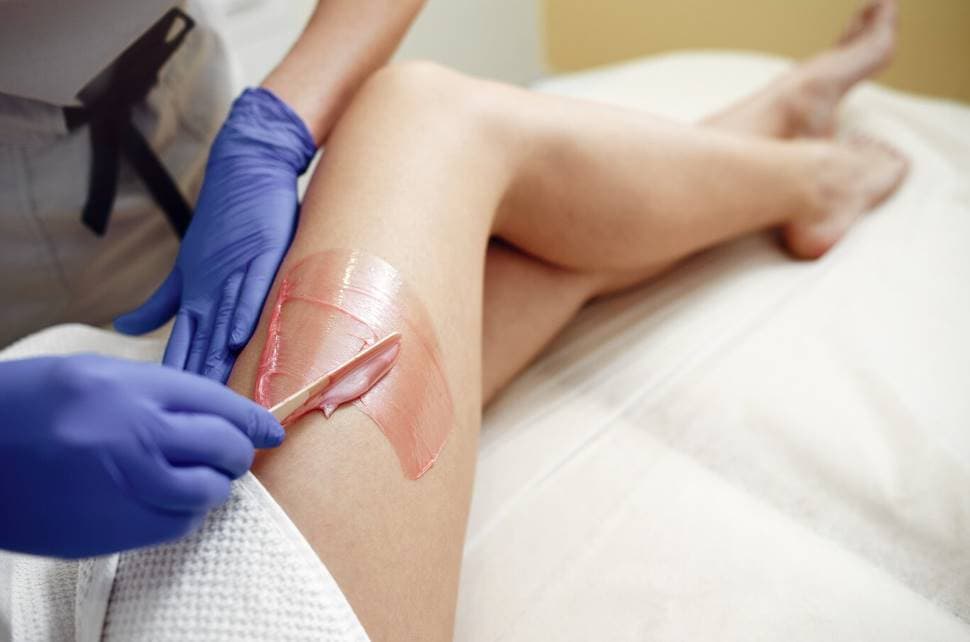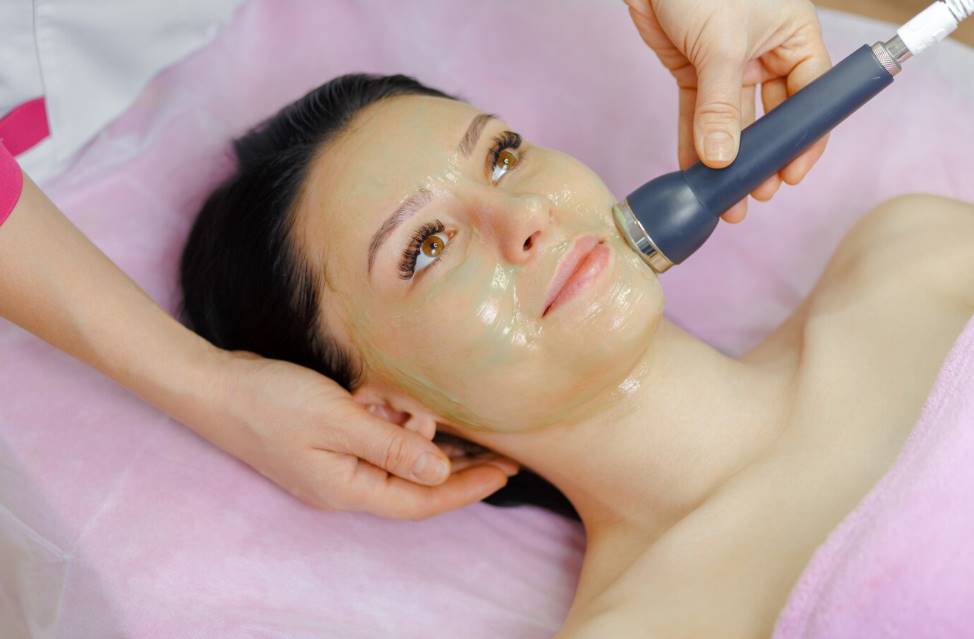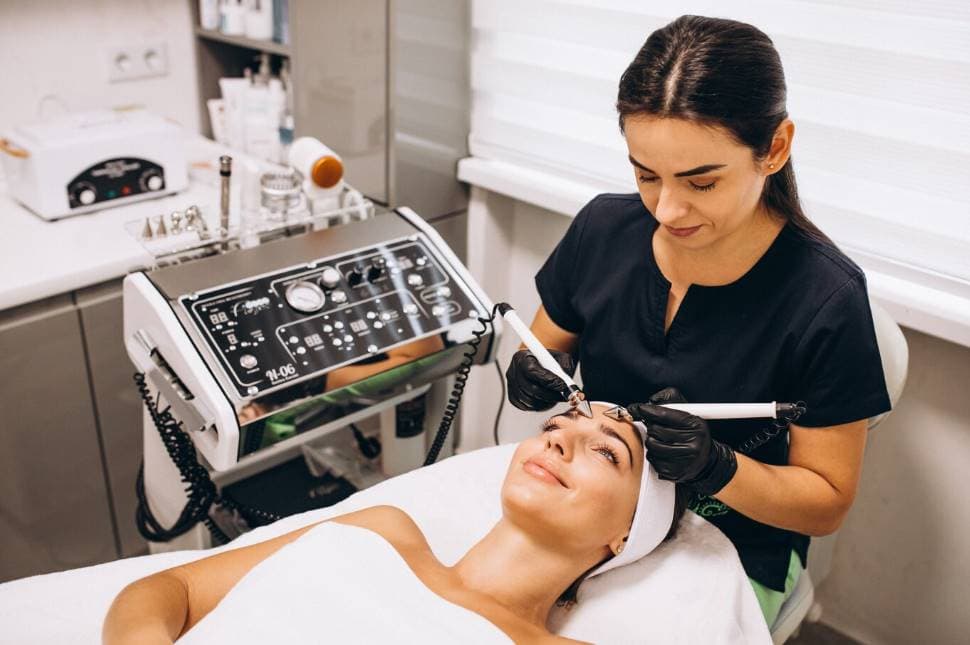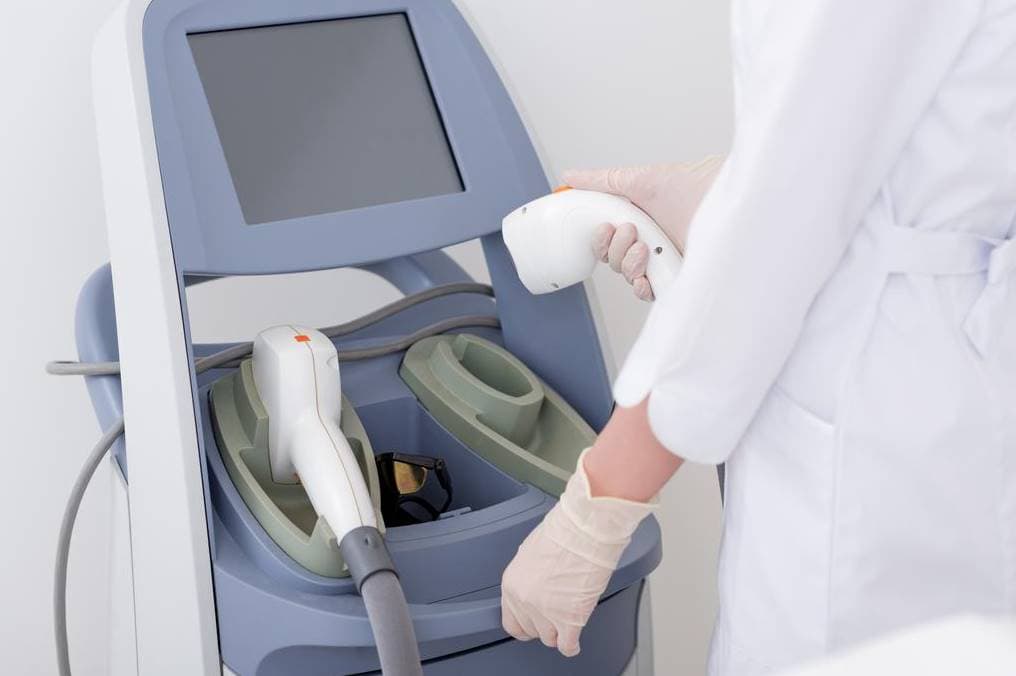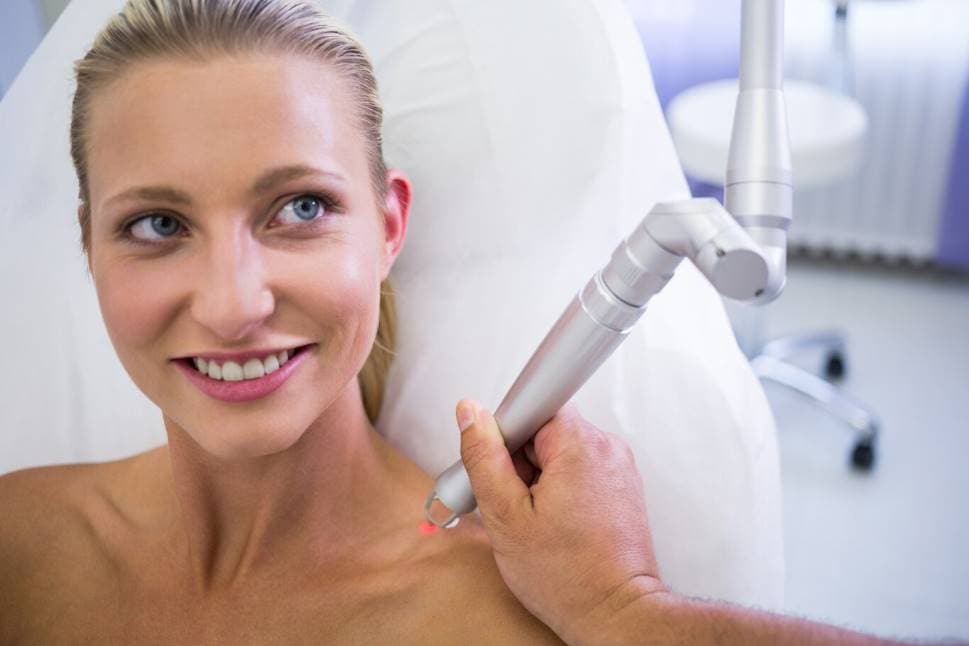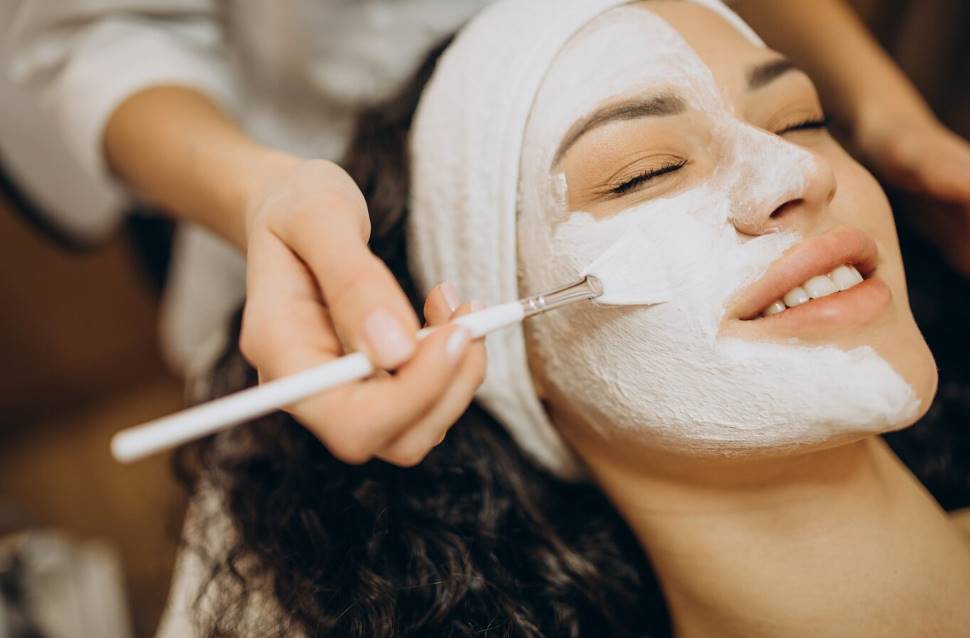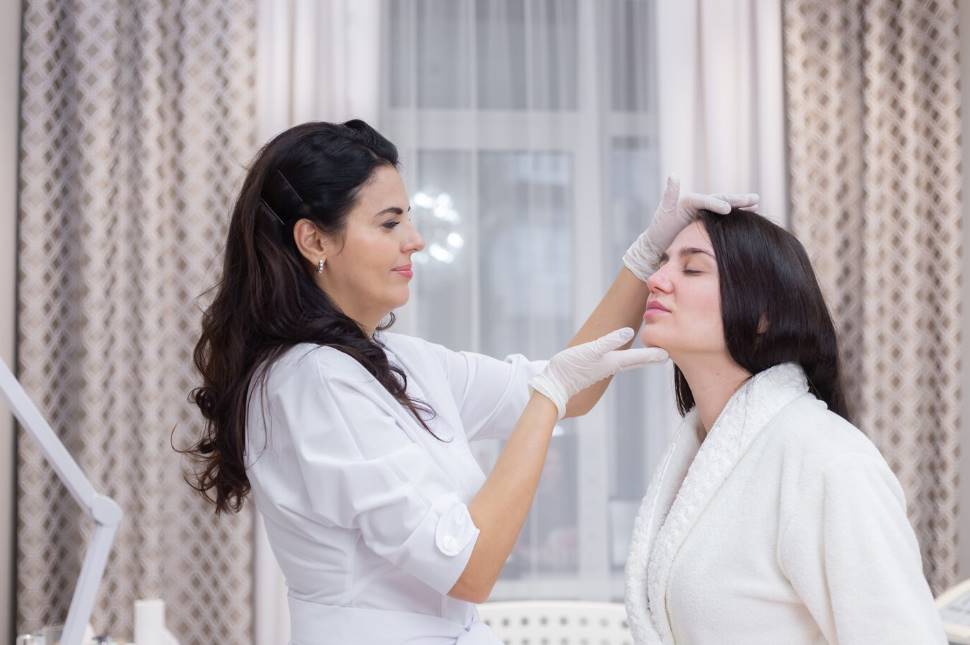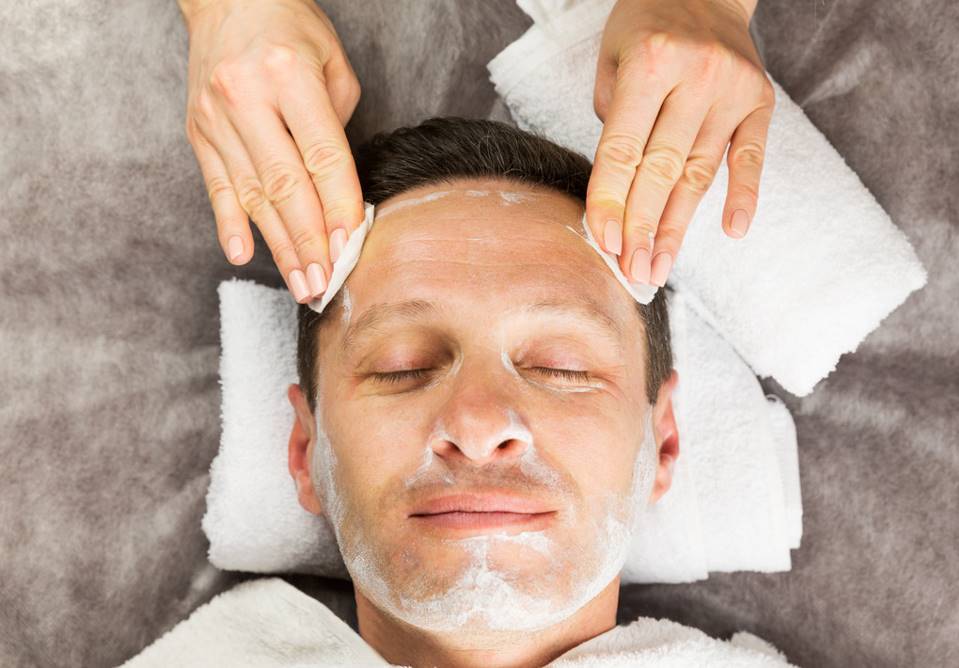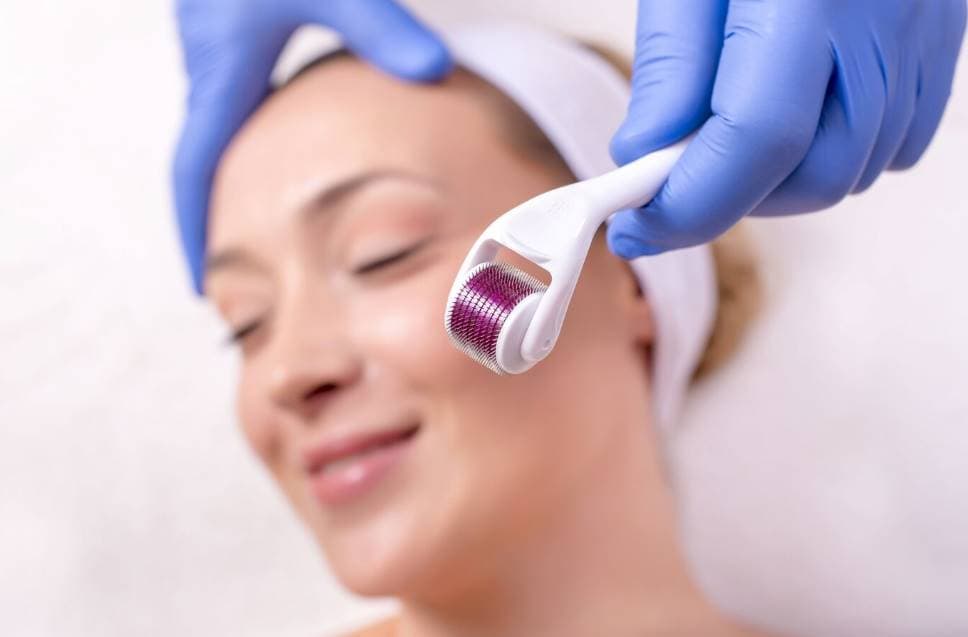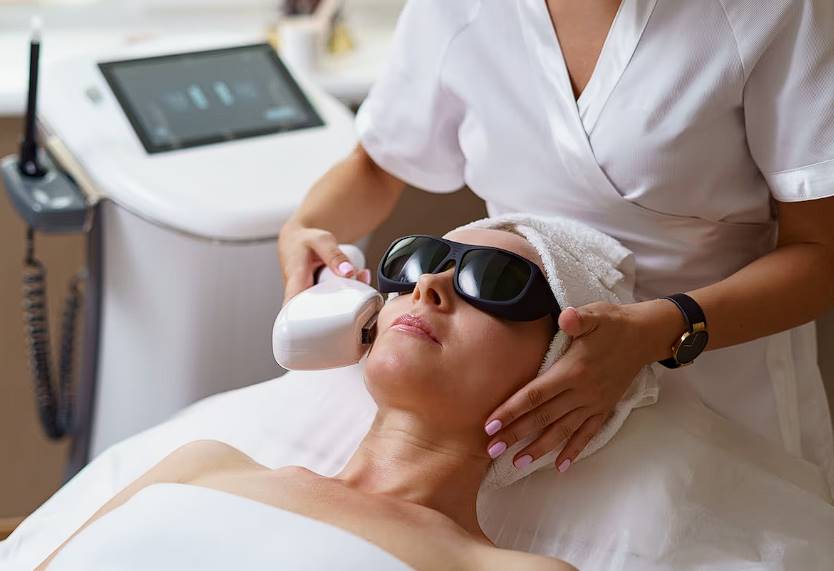In order to produce a smoother and more youthful appearance, laser skin resurfacing is a common cosmetic operation. The surgery itself is just the first step on the road to glowing skin.
The success of the process relies on the quality of the recovery and aftercare provided to the patient. To assist you confidently traverse the post-procedure phase and obtain the best potential outcomes for your skin, this guide will examine the critical processes and factors for a good recovery.
What Is Laser Skin Resurfacing?
Skin tightening and the removal of benign (noncancerous) and malignant (cancerous) lesions are additional benefits of laser resurfacing in addition to the reduction in the visibility of wrinkles and scars.
The laser method employs intense, pulsed pulses of light to smooth out bumps on the skin. With laser skin resurfacing, the skin is carefully vaporised away, layer by layer. The epidermis is what lasers target and eliminate, whereas the dermis is what gets heated up.
New, more robust, and supple skin is the outcome of the lasers' stimulation of collagen fibre growth. Lasabrasion, laser peel, and laser vaporisation are all names for the same common technique.
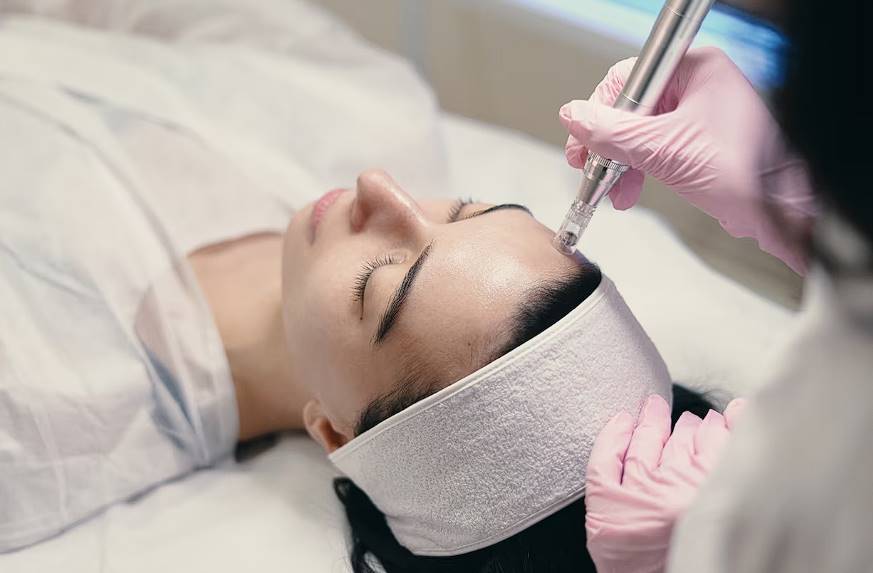
How Does Laser Skin Resurfacing Work?
Laser resurfacing can take one of two forms. CO2 and erbium lasers are first on the list. When using these lasers, you should expect a consistent skin damage throughout the treatment zone.
The alternative method of laser resurfacing is known as fractionated CO2 laser therapy. With fractional CO2 laser resurfacing, the laser is used to create many thin columns of holes in the skin's deeper layers while leaving the skin on the surface unharmed.
Co2 Laser Resurfacing
Various benign and malignant skin disorders have been treated with CO2 laser resurfacing for years. Ultrashort pulsed light energy (ultrapulsed) or continuous light beams supplied in a scanning pattern are used in the latest generation of CO2 laser resurfacing to accurately remove tiny layers of skin with minimum thermal damage to the surrounding structures.
The use of CO2 laser resurfacing has shown effective in the treatment of a wide variety of skin disorders, including wrinkles, scars, warts, birthmarks, rhinophyma (enlarged oil glands on the nose), and others.
With CO2 laser resurfacing, healing can take as long as two weeks.
Erbium Laser Resurfacing
You should only need a local anaesthetic for erbium laser resurfacing to get rid of fine lines and wrinkles on your face that are a few millimetres to a few inches deep. The laser can also be utilised on the chest, neck, and hands.
Erbium laser resurfacing has the advantage of causing less harm to the neighbouring skin. Your recovery period from this laser should be shorter because it generates less inflammation and less redness and swelling than CO2 lasers.
Erbium laser resurfacing could be a viable option for people with darker skin tones. The erbium laser resurfacing recovery time is a full week.
Fractional Laser Resurfacing
Many small columns of laser light are used in fractional CO2 laser resurfacing, so only a part of your skin is actually treated. Collagen between the laser-treated holes contracts, making your skin tighter.
The skin is less likely to be damaged when using this laser. The danger is increased healing and scarring due to the laser light's greater depth of penetration compared to other lasers.
With fractional laser resurfacing, the healing process takes about a week.
After reviewing your medical history, current health, and desired outcomes, your doctor will recommend a specific laser resurfacing therapy for you.
What Can Be Expected During And After Laser Skin Resurfacing?
Laser resurfacing is often an outpatient procedure that requires a combination of local anaesthetic and sedative drugs given orally or intravenously. Individual treatments for fine lines and wrinkles around the eyes, mouth, and forehead are available, as are full-face laserabrasion procedures. What to anticipate before, during, and after resurfacing:
- A local anaesthetic is used to numb the treatment area(s) on the patient's face. For full-face procedures, general anaesthesia may be administered for patient comfort. A laserabrasion treatment for a small area of the face can be completed in 30–45 minutes, while a full face takes 1-1/2–2 hours.
- You must first cleanse your face or treatment area.
- A nonstick dressing is used immediately after laser resurfacing and left there for 24 hours. After that, you should rinse the affected regions with saline or diluted vinegar solution twice to five times daily (as detailed further down). Then, a moisturising lotion like Eucerin® or Aquaphor® or an ointment like Vaseline® is used. Ointments and creams are used to prevent the formation of scabs. Depending on the severity of the condition and the type of laser used, the healing process might take anywhere from five days to twenty-one days.
- Makeup can be used to hide the pink to red colour that often occurs following laser skin resurfacing once the affected areas have healed. Makeups with a green base are great for hiding wounds because they reduce the redness of healing skin. After laser resurfacing, you should only use oil-free cosmetics. Redness at the laser-treated locations often subsides after three months, though it might take anywhere from six months to a year. Blondes and redheads tend to experience a longer duration of redness.
- Hyperpigmentation, or darkening of the healed area, is more likely to occur in those with darker skin tones. You can lighten your skin tone after laser skin resurfacing by using a bleaching chemical. The doctor will talk with you about it.
How Should I Prepare For Laser Skin Resurfacing?
- For at least four weeks prior to treatment, it is recommended that you refrain from tanning and wear a broad-spectrum sunscreen.
- Four weeks before to treatment, you should not get a deep face peel (such as with strong chemical peels, laser resurfacing, or dermabrasion).
- Avoid taking any medications (such doxycycline or minocycline) that could potentially increase your risk of sunburn in the 72 hours leading up to your treatment.
- Tell your doctor if you've ever had herpes (cold sores, genital) or shingles in the area that will be treated, and take the prescribed antiviral medicine (valacyclovir, acyclovir) two days before treatment and for three days thereafter.
- Topical retinoids are used to prepare the skin for laser resurfacing and are typically applied for four weeks beforehand.
Post-Operative Instructions For Laser Resurfacing
Care after surgery is crucial. If the directions are followed precisely, unnecessary suffering and the risks of infection and swelling may be reduced. It is possible that not all of these postoperative guidelines will be necessary. Usually, the right thing to do is the obvious one. Please refer to these rules, and feel free to contact our office at any time if you have any questions.
When it comes to skin rejuvenation, the laser procedure offers the most dramatic results. It also has one of the strongest comebacks. After laser skin resurfacing, the first week is the most difficult for aftercare.
You will be too puffy, plastered in lotions, and unwashed to leave the house. The fifth or sixth day is when things start to shift. After this, getting better will be a breeze. Keep in mind that there is a payoff at the end of this road to recovery.
The superficial layers of skin are eliminated using laser resurfacing. Proper administration of this medication is crucial for a speedy and complete recovery. Do not touch your face without first washing your hands if you have a burn. Infections from bacteria and yeast can spread from your hands to your face.
Laser Resurfacing After Care Tips
Follow these easy guidelines for skin maintenance after laser resurfacing to get the most out of your treatment and speed up your recovery time.
Take A Day Off
After laser resurfacing, your skin will need special care even if it was treated using a non-invasive method. Staying inside, relaxing, and taking it easy for a day or two will help you peel off the old layer of skin. After this, you can go about your normal activities without any further interference while you heal.
Cold Over Hot
Avoiding high temperatures is another piece of advice doctors give for caring for skin after laser resurfacing. You should try to take more lukewarm or tepid showers and baths rather than excessively hot ones. Also included are steam rooms, Jacuzzis, and saunas. You might want to give this a try for two or three days.
Cleansing
Cleansing instructions from your doctor will be unique to your treated area and skin condition. The average person should wash their face four or five times per week.
Consult your doctor before trying the vinegar-and-water remedy that has been recommended by some. After a facial laser treatment, it's recommended to use a light cleanser and stay away from exfoliants, astringents, benzoyl peroxide, and retinol.
Hydrating
After laser resurfacing, it's crucial to take care of your skin by keeping it moist. Certain moisturising creams' active chemicals can reduce the laser's effectiveness; your doctor will advise you which ones to avoid.
Cold Compress
Applying a cold compress to the treated region following laser procedures will help minimise redness. Don't forget to keep from rubbing your skin and to avoid applying any chemicals or creams.
Farewell, sun, If only for the next 30 days! For at least a month after laser therapy, you should stay out of the sun and away from tanning beds. The skin's ability to repair itself is slowed by sun exposure.
Putting on a thick layer of sunscreen will help protect your skin from the sun if you have to go outside. Consult a dermatologist to determine the best sunscreen for your skin type and lifestyle.
Go Natural
Makeup should be avoided for at least five days after laser treatment. Avoid spreading germs as much as possible by switching to fresh makeup if you really must. After your skin has healed from your laser treatment, mineral foundation is a great post-laser skin care product to use. Always start with a brand-new, pristine brush.
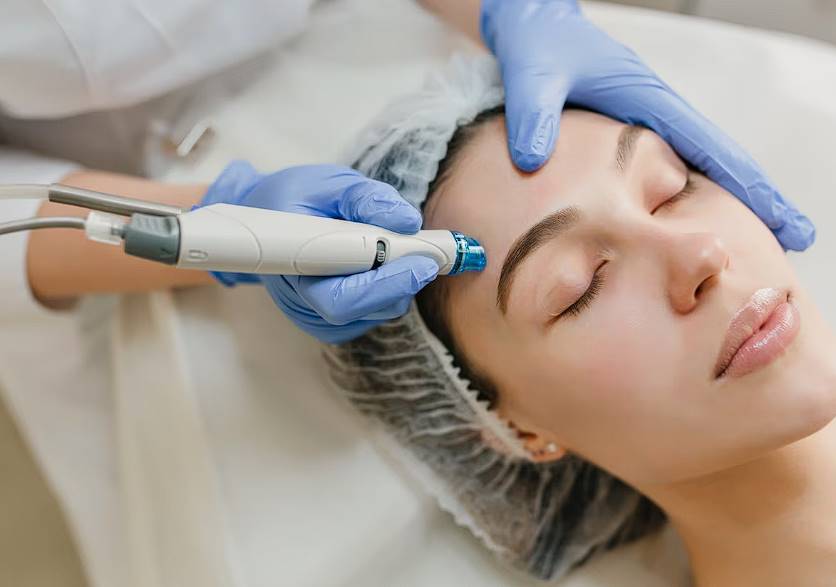
Additional Information
- Experiencing numbness around the surgical incision shouldn't trigger alarm. This sensation is generally temporary, although there are cases where it may become permanent post-surgery.
- A slight rise in body temperature after surgery is not uncommon. Should a fever persist, it's advisable to notify one's employer and consider taking paracetamol to lower the temperature.
- Every individual's medical situation is unique, and therefore, advice from friends, however well-intentioned, should not substitute professional medical guidance.
- Post-surgery, one may notice a reduction in their usual food intake due to alterations in their exercise routine. It's recommended to avoid vigorous physical activity for at least two weeks. When resuming exercise, it's best to start with less strenuous activities and gradually progress. Any signs of dizziness should be a signal to discontinue the exercise.
- In the week following surgery, it's advisable to opt for garments that fasten at the front or back, as opposed to clothing that needs to be pulled over the head.
- About a week after the surgery, an assessment of the surgical sites will be scheduled. If an appointment reminder has not been received, don't hesitate to contact the medical office.
- Smoking can severely impair the healing process and raise the likelihood of complications. Therefore, it's strongly advised to abstain from smoking for at least two weeks following the procedure.
- Wearing contact lenses should be avoided for a minimum of two weeks post-surgery.
- Sensitivity to light and wind, along with potential tearfulness and blurred or double vision, may be experienced for several days or even weeks after surgery. Wearing sunglasses can offer protection for the eyes during this period.
- Should there be any health concerns post-surgery, contacting the medical office during working hours is recommended. A complimentary follow-up appointment is generally included as part of the post-surgical care.
Conclusion
Laser skin resurfacing is a popular cosmetic procedure that uses intense pulsed light to smooth out bumps on the skin, leaving behind new skin that is stronger and more flexible.
The process can be done in two ways: with CO2 or erbium lasers, which damage the skin all over the treatment area, or with fractional CO2 laser therapy, which makes thin columns of holes in the inner layers of the skin without hurting the surface.
Co2 laser resurfacing is a good way to treat wrinkles, scars, warts, birthmarks, and rhinophyma, among other skin problems. It can take up to two weeks to get better.
Erbium laser resurfacing can be used to get rid of fine lines and wrinkles on the face, chest, neck, and hands. It is safer for the skin around it and takes less time to heal. Fractional laser resurfacing uses many small beams of laser light to make the skin tighter and less likely to get hurt.
During and after resurfacing, patients can expect to get a mix of local anaesthetics and sedatives by mouth or through an IV. To keep scabs from forming, they should wash their face, put on a dressing that won't stick, rinse the affected area with a saline or vinegar solution, and use moisturising creams or ointments. Depending on how bad the problem is and what kind of laser was used, the healing process could take anywhere from five to 21 days.
People who have had to resurface should use oil-free makeup to hide the pink-to-red colour that often happens. People with darker skin tones are more likely to get hyperpigmentation, which is when the healed area gets darker.
Laser skin resurfacing is a non-invasive treatment that gives dramatic results and is making a strong comeback. It is suggested that you don't tan, that you wear broad-spectrum sunscreen, that you don't get deep face peels, and that you don't take medicines that could make you more likely to get a sunburn.
If you've had herpes or shingles in the area, you should take the antiviral medicine your doctor gives you two days before treatment and three days after. Retinoids put on the skin help get it ready for laser treatment.
Care after surgery is very important if you want to avoid needless pain, infections, and swelling. To get better faster after surgery, it's important to follow certain rules.
Take a day off after laser resurfacing, stay cool instead of hot, wash your face, avoid high temperatures, use light cleansers, avoid hyperthermia, apply cold compresses, stay out of the sun for at least a month, use natural makeup, and avoid numbness around the surgical wound.
There's no need to worry if the area around the surgical cut feels numb, but a small rise in body temperature after surgery is not unusual. If a fever doesn't go away, it's best to let your boss know and maybe take some aspirin. After surgery, you should avoid vigorous physical action for at least two weeks, start exercising again slowly, and wear clothes that fit well.
About a week after surgery, the surgical sites will be checked again. It is strongly recommended that you don't smoke for at least two weeks after the process. You shouldn't wear contact lenses for at least two weeks, and sunglasses can protect your eyes during this time. If there are any worries about your health after surgery, call the doctor's office during business hours to set up a free follow-up appointment.
Content Summary
- Laser skin resurfacing is a popular cosmetic procedure aimed at creating a more youthful appearance.
- The effectiveness of the procedure is largely dependent on the quality of post-operative care.
- The procedure also aids in skin tightening and the removal of both benign and malignant skin lesions.
- The laser technique uses intense pulses of light to smooth out skin irregularities.
- The skin is vaporised layer by layer during the resurfacing process.
- The laser primarily targets the epidermis while heating up the dermis.
- The stimulation of collagen fibre growth is one of the key outcomes.
- The procedure is known by other names, such as lasabrasion, laser peel, and laser vaporisation.
- Two types of lasers commonly used are CO2 and erbium lasers.
- Fractionated CO2 laser therapy is an alternative method that leaves the skin surface unharmed.
- CO2 lasers have been effectively used to treat a variety of skin conditions.
- CO2 laser resurfacing often requires a two-week healing period.
- Erbium laser resurfacing is less damaging to the surrounding skin.
- Erbium lasers are suitable for use on the face, chest, neck, and hands.
- The healing period for erbium laser resurfacing is generally one week.
- Fractional laser resurfacing treats only a fraction of the skin, making it less damaging.
- Doctors recommend specific laser resurfacing treatments based on an individual's medical history.
- The procedure is typically an outpatient operation.
- It's often performed under local anaesthetic and sedation.
- Procedures can vary in length, depending on whether a small area or the full face is treated.
- The face must be cleansed before undergoing laser resurfacing.
- A nonstick dressing is applied post-procedure for 24 hours.
- A saline or diluted vinegar solution is recommended for rinsing the treated areas.
- Moisturising lotions or ointments are used to prevent scab formation.
- The healing process can vary between five and twenty-one days.
- Oil-free make-up is recommended post-procedure.
- Hyperpigmentation is more likely in individuals with darker skin tones.
- It is advisable to refrain from tanning and wear sunscreen at least four weeks prior to treatment.
- Strong chemical peels should also be avoided four weeks before treatment.
- Some medications increasing sunburn risk should be avoided 72 hours before treatment.
- Patients should disclose any history of herpes or shingles in the treatment area.
- Topical retinoids may be used for skin preparation.
- Detailed post-operative instructions are vital for a successful recovery.
- The most dramatic results in skin rejuvenation are often observed after laser procedures.
- The first-week post-procedure is crucial for aftercare.
- Proper medication administration aids in a speedy recovery.
- Hand hygiene is essential when touching the treated area.
- Taking a day off post-procedure is beneficial for skin recovery.
- Lukewarm showers are preferable to hot ones after laser resurfacing.
- Specific cleansing instructions should be followed based on the treated area and skin condition.
- It's crucial to keep the skin moisturised after laser resurfacing.
- Cold compresses can help minimise post-procedure redness.
- Sun exposure should be avoided for at least a month post-treatment.
- Makeup should be avoided for a minimum of five days after the procedure.
- Numbness around the surgical area is generally temporary.
- A slight rise in body temperature is not uncommon after surgery.
- Vigorous physical activity should be avoided for at least two weeks post-surgery.
- Garments that fasten at the front or back are advisable in the week following surgery.
- Smoking should be avoided for a minimum of two weeks post-procedure to facilitate healing.
- A complimentary follow-up appointment is usually included as part of post-surgical care.
Frequently Asked Questions
The duration of the recovery period can vary depending on the type of laser used and the depth of the procedure. Generally, initial healing takes about 1 to 2 weeks, but it may take several months for redness to fully fade and for the skin to regain its smooth texture.
Discomfort is common after laser skin resurfacing, but the level of pain varies among individuals. Your healthcare provider can prescribe pain medications or recommend over-the-counter options to manage any discomfort. Cooling packs and gentle skincare can also help alleviate discomfort.
No, you should avoid your usual skincare products and routines for a period specified by your healthcare provider. They will provide guidelines on when and how to gradually reintroduce your skincare products to avoid irritation and complications.
Absolutely. Sun protection is crucial during the recovery period and beyond. Your skin will be highly sensitive to UV radiation, so wearing sunscreen with a high SPF, protective clothing, and avoiding direct sun exposure is essential to prevent pigmentation issues and maintain results.
It's important to wait until your healthcare provider gives the green light, usually after the initial healing phase, which is around 1 to 2 weeks. When you do resume makeup, choose mineral-based, non-comedogenic products that are gentle on healing skin.
